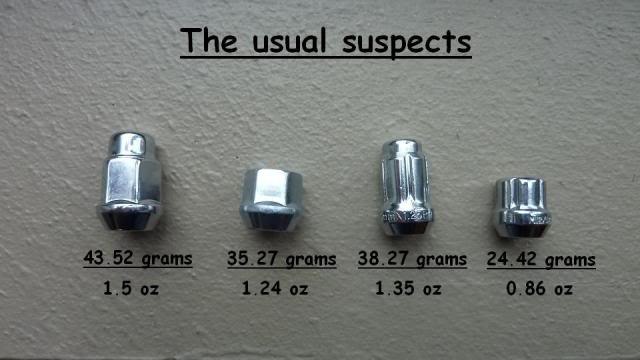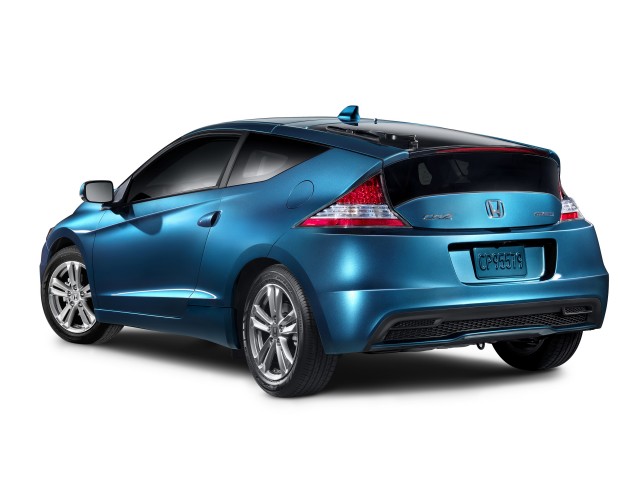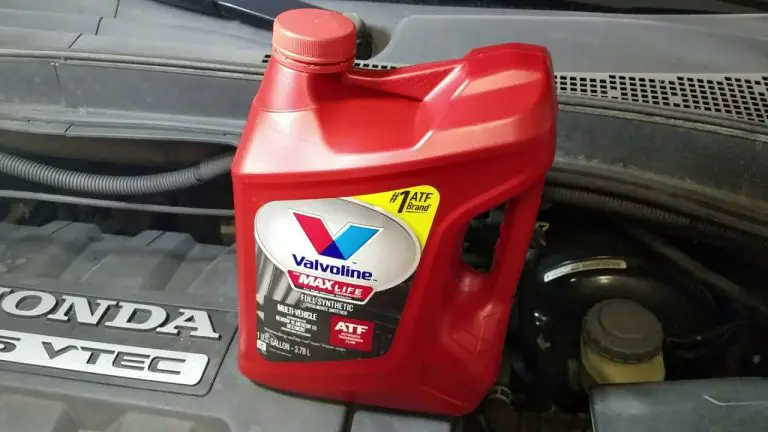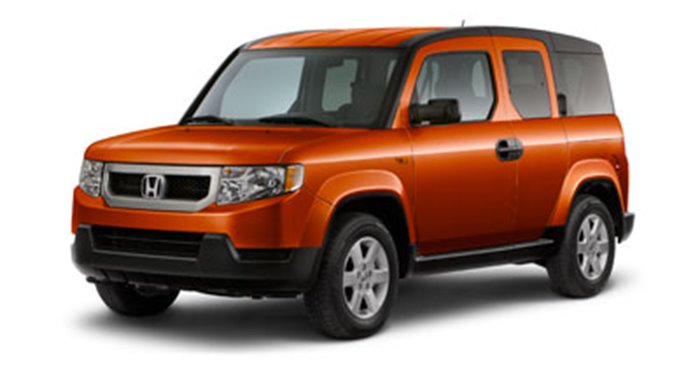There are two main types of engines available for Honda Civics, the D16 and the B16. Both offer different benefits that make them appealing to different drivers. So, which one is right for you?
Here’s a look at the key differences between these two engines to help you decide.
The D16 engine is the standard engine in most Honda Civics. It’s a reliable engine that offers good fuel economy and plenty of power for everyday driving. The B16 engine is an upgrade from the D16. It offers more power and performance, but it comes at the expense of fuel economy.
B16 vs D16 Civic
There is a lot of debate in the automotive world about which engine is better, the B16 or the D16. Each has its own fans and detractors, but what’s the real difference between these two engines?
The B16 is a 4-cylinder engine that was first introduced in the Honda Civic Si in 1999.
It produces 160 horsepower and 100 lb-ft of torque. The D16, on the other hand, is a 6-cylinder engine that was introduced in the Acura RSX in 2002. It produces 200 horsepower and 140 lb-ft of torque.
So, what’s the verdict? Which engine is better?
Well, it really depends on what you’re looking for.
If you want more power, then the D16 is probably the better choice. However, if you’re looking for better fuel economy, then the B16 might be a better option. Ultimately, it’s up to you to decide which engine is best for your needs.
D16 Compression Ratio
A compression ratio is the ratio of the volume of the cylinder when the piston is at its highest point (top dead center) to the volume of the cylinder when the piston is at its lowest point (bottom dead center). In other words, it’s a measure of how much air/fuel mixture is compressed in the cylinders. A higher compression ratio means more power, but also more heat and wear on engine parts.
The D16 compression ratio is 8.5:1. This means that for every 8.5 units of air/fuel mixture, there is 1 unit of combustion chamber space. When this mixture is ignited, it creates a lot of pressure that pushes down on the pistons and turns the crankshaft.
This drives your car’s wheels and propels you forward!
A higher compression ratio can result in more power, but also greater wear and tear on engine parts due to increased temperatures. It’s important to find a balance that works for your vehicle and driving habits.
The D16 provides a good balance of power and durability, making it a popular choice for many drivers.
Highest Hp D16
When it comes to finding the engine with the highest horsepower, the D16 is at the top of the list. This engine was first introduced in 1986 and was used in a variety of Honda vehicles. It is known for its high performance and reliability.
The D16 has a displacement of 1.6 liters and produces up to 160 horsepower. It is also capable of reaching speeds of up to 8400 RPM.
D16 Engine
The D16 engine is a 1.6L inline-4 piston engine from Honda. It was first used in the 1992–1995 Honda Civic DX, LX, and EX. The engine was also used in the 1996–2000 Honda Civic EX and SiR in some markets outside of North America.
In North America, it was replaced by the 1.7L D17A1 engine for 2001 model year onwards. The D16W9 engine was a de-tuned version of the D16A9 engine and was used in the 1996–2000 Honda Civic CX, DX (outside of North America), VXi (outside of Asia Oceania) and SI(Japan). The D series engines were primarily SOHC designs with DOHC available on select models (VTEC), but they also featured VTEC-E on non-VTEC models as well as i-VTEC on newer DOHC models which greatly improves fuel economy without sacrificing power or torque.
All engines except for the ZC are capable of running on E85 ethanol fuel with no changes to the fuel system other than a tune specific to that fuel type. D16A1 – This is the base model found in most Civics from ’92-’95 producing 92 hp @ 5800 rpm and 98 ft·lb @ 4800 rpm in US specification vehicles[citation needed] while Japanese market vehicles received more power due to different emissions regulations[citation needed]. Bore & stroke is 73 mm × 89 mm (2.87 in × 3.50 in).
Compression ratio is 8:1.[citation needed] D16A3 – Found only in European & Australian Market Del Sols this model produces 105 PS @ 6000rpm & 107 Nm @ 5500rpm from its 75mm×89mm bore and stroke.[citation needed] Compression ratio here too is 8:1.[citation needed]
D16A6 – Only found stateside in ’93 & ’94 LX & EX Civics this model produced 100hp@5800rpm & 97lbft@4800rpm from its bigger 78mm×89mm bore and stroke as well as higher 8.8:1 compression over earlier A1/A3 engines thanks to larger valves, revised porting/polishing and domed pistons.[citation needed] Like all A Series engines it redlines at 7000 rpm.
D16A6 Specs
Honda’s D16A6 engine is a 1.6L SOHC that was first introduced in the 1986 model year. It is a 16-valve, fuel-injected engine that produces 108 horsepower at 6000 rpm and 106 ft-lbs of torque at 5500 rpm. This engine was used in the Honda Civic Si from 1986-1987, as well as the CRX Si from 1988-1991.
It was also used in the 1st generation Acura Integra from 1986-1989. The D16A6 has been known to be a very reliable engine, with many examples still on the road today with over 300,000 miles.
Credit: www.pakwheels.com
How Much Hp is in a B16?
How much HP is in a B16? A B16 engine typically produces around 160-180 horsepower. However, there are many factors that can affect this number, such as the age and condition of the engine, the type of fuel used, and the tuning of the engine.
Is the Honda D16 a Good Engine?
There is no simple answer to this question as it depends on a number of factors such as what you intend to use the engine for, your personal preferences, etc. However, in general, the D16 engine from Honda is considered to be a good engine. It is reliable and efficient, and offers good performance.
What Hondas Had the B16?
The Honda B16 engine is a 4-cylinder engine that was first introduced in the 1989 Honda Civic Si. The B16A found in the JDM CRX SiR and the US market del Sol Si produces 160 hp @ 7600 rpm and 119 ft·lb @ 5500 rpm. In 1992, Honda increased the displacement of this engine to 1.6 L (1,598 cc) in the sixth generation CivicSi for the Japanese domestic market as well as export markets such as Europe, Australia and South Africa.
This new larger displacement resulted in power output rising to 170 hp @ 7600 rpm and 128 ft·lb @ 6000 rpm. In 1993, this same engine was used in the Integra Xsi/RSi/Type R which produced 185 hp @ 8000rpm and 128 ft·lb of torque@ 6300rpm.
The most notable difference between these engines and other B-series engines is the use of VTEC on intake cam only; exhaust cam remains non-VTEC.
The cylinder head casting number for all DOHC ZC engines is 12001-P73-000 while SOHC ZC heads are 12011-P73-000.
Conclusion
The D16 and B16 are two of the most popular engines used in Honda cars. Both engines are inline-4 cylinders, but the D16 is a SOHC (single overhead camshaft) while the B16 is a DOHC (dual overhead camshaft). The D16 has less power and torque than the B16, but it is more fuel efficient.
The B16 has more power and torque, but it is less fuel efficient.





